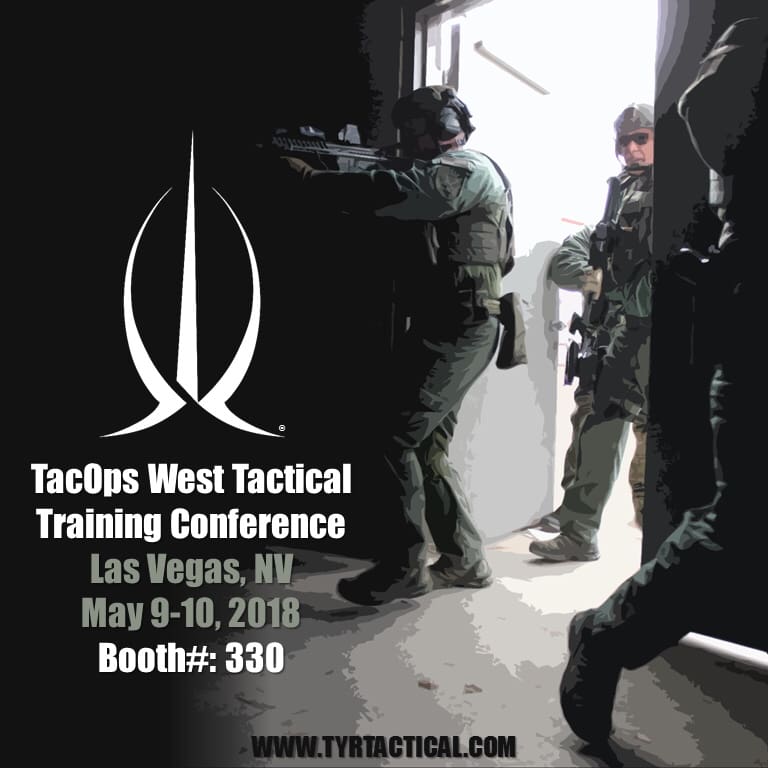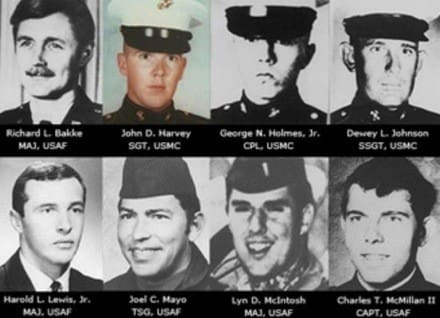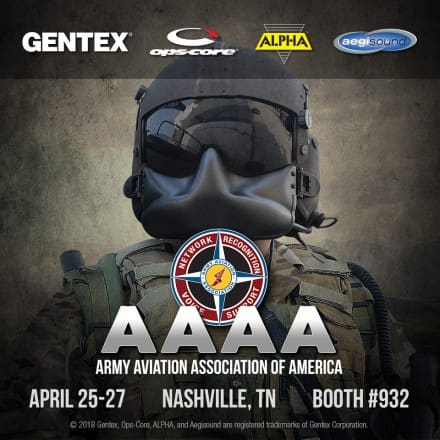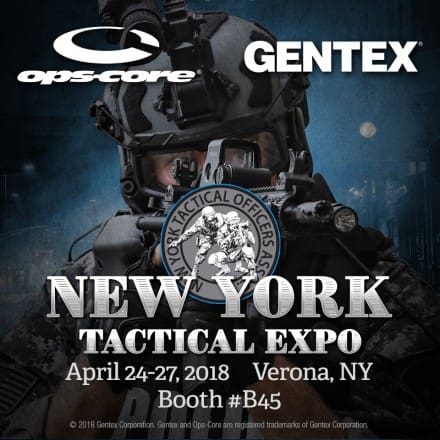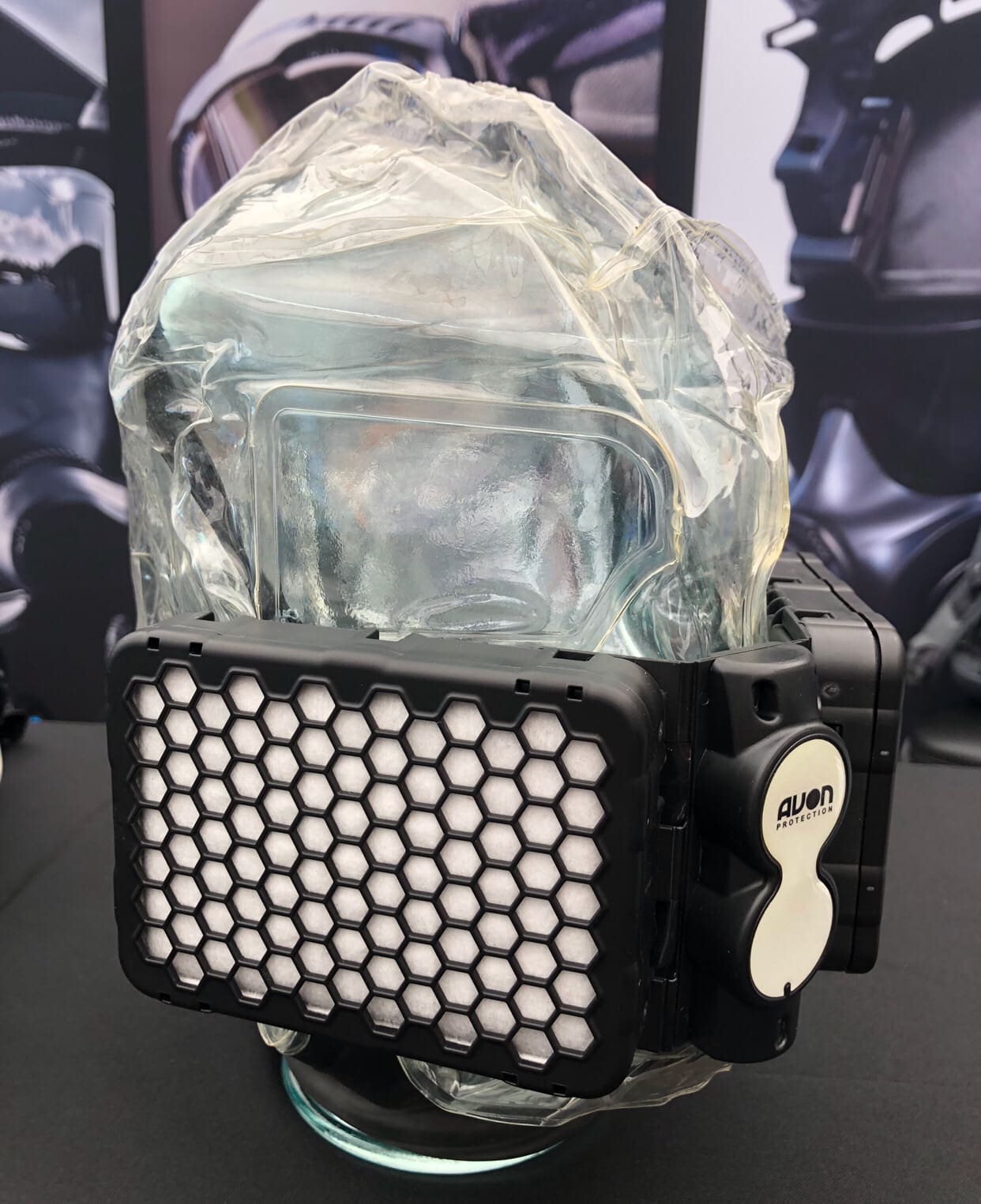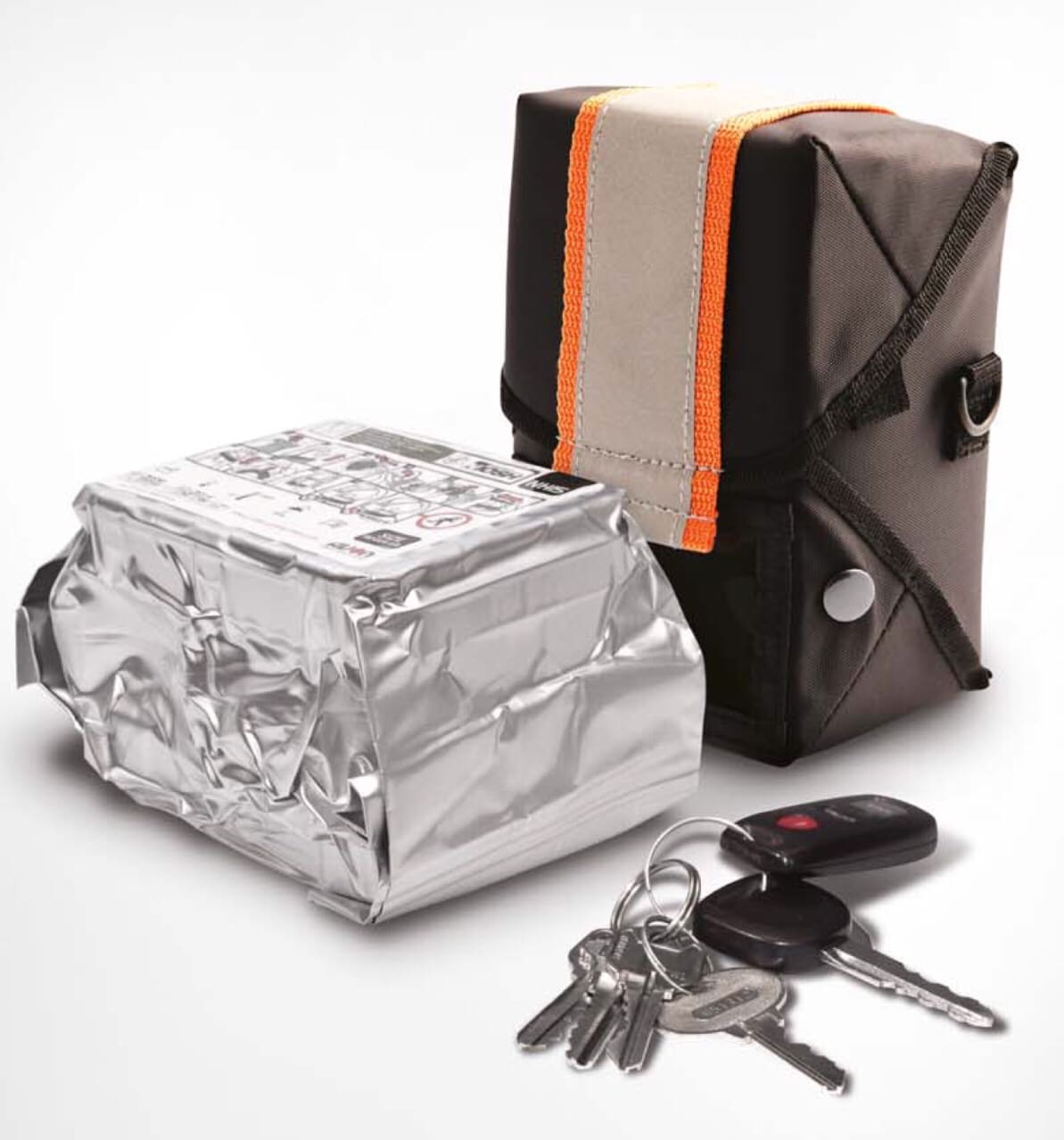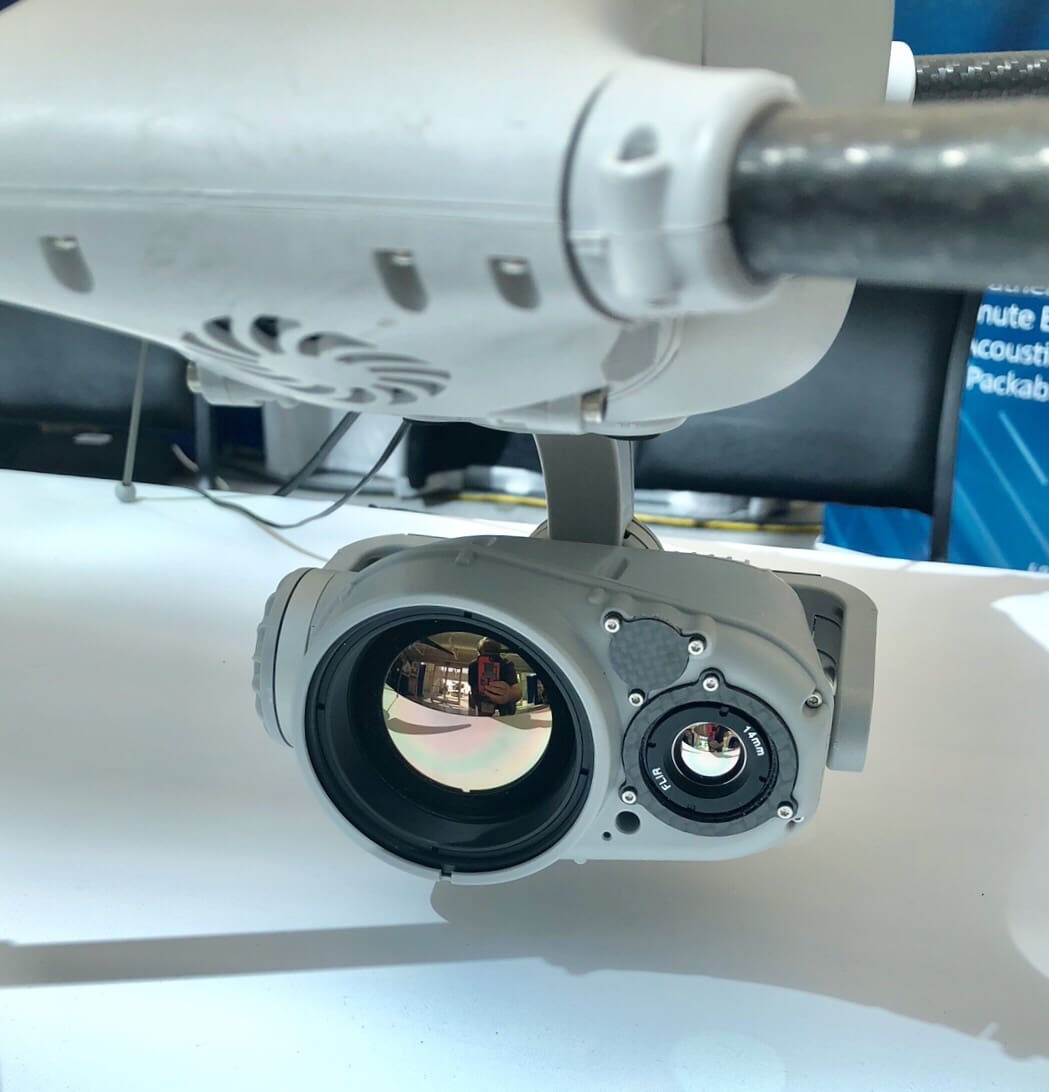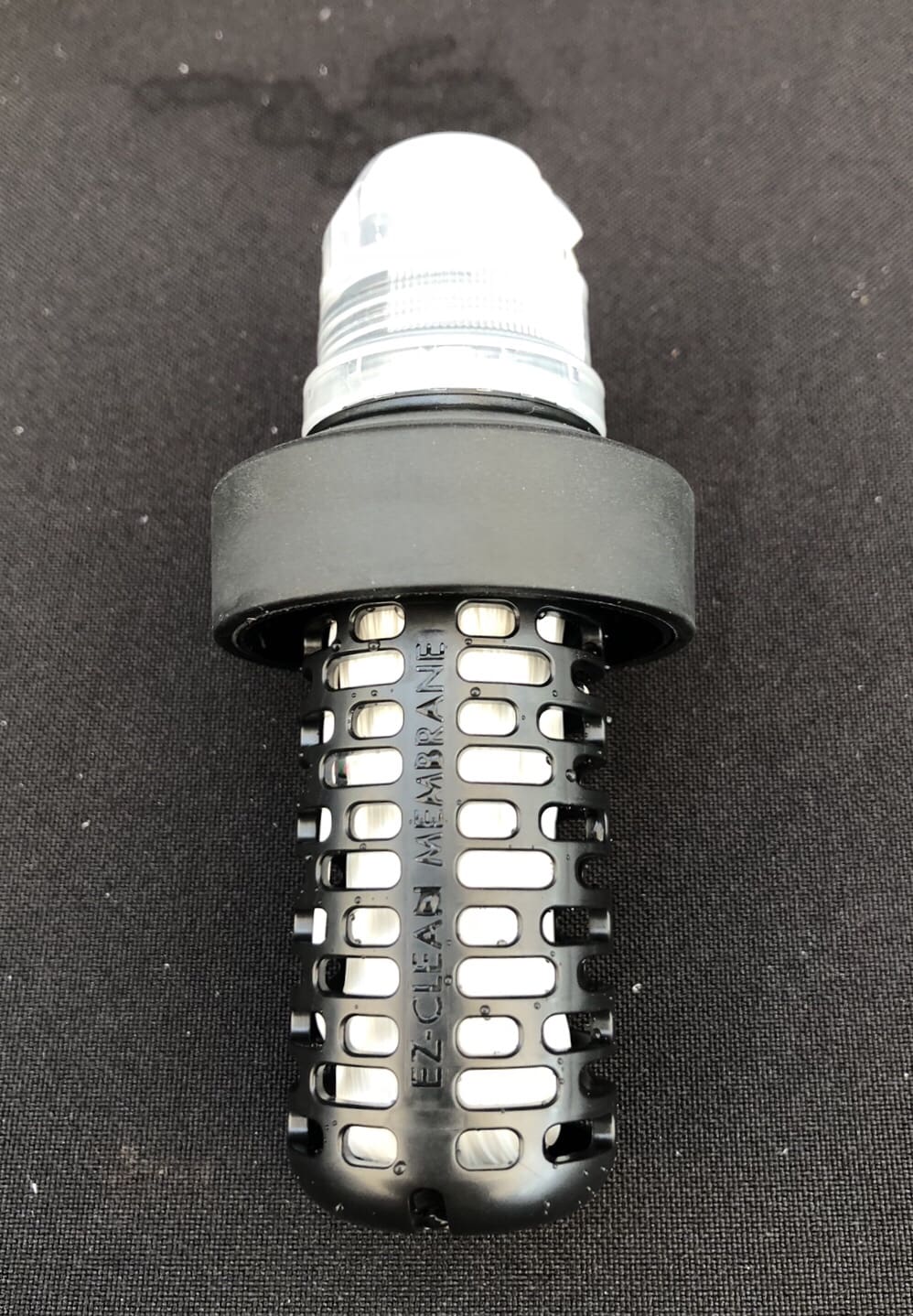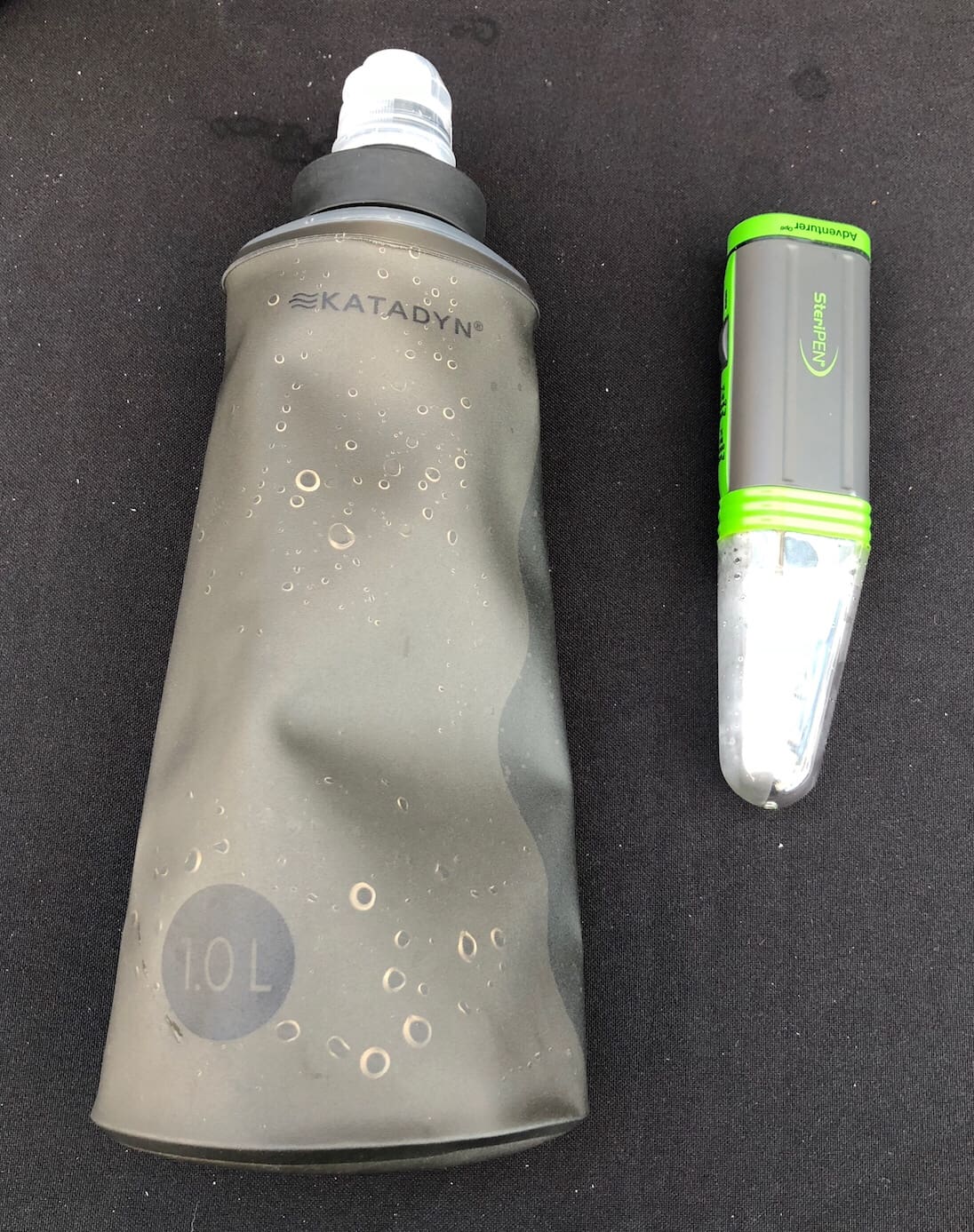It’s hard to believe it’s been two years since we firs mentioned Speedbox, a wheeled deployment box. Created by a former SF NCO, the genesis was the need to quickly and efficiently build a pallet. The original version is now known as the Voyager-70.

At Warrior West, Speedbox launched the new Endurance-40. While the Voyager-70 was designed for the 463L pallet, the Endurance-40 fits both the 463L pallet and ISU90, which many units use.

In addition to the size change, Speedbox has also improved the ways individual Endurance-40 interlock with one another, making loads more stable on a pallet. They’ve also lengthened the pull bar so the Endurance-40 doesn’t hit your heels while you pull it.
It is 33.40”L x 19.95”W x 26.00”D and features a watertight seal with improved latches at either side of the lid with a load capacity of 250 lbs.
www.speedbox.us
